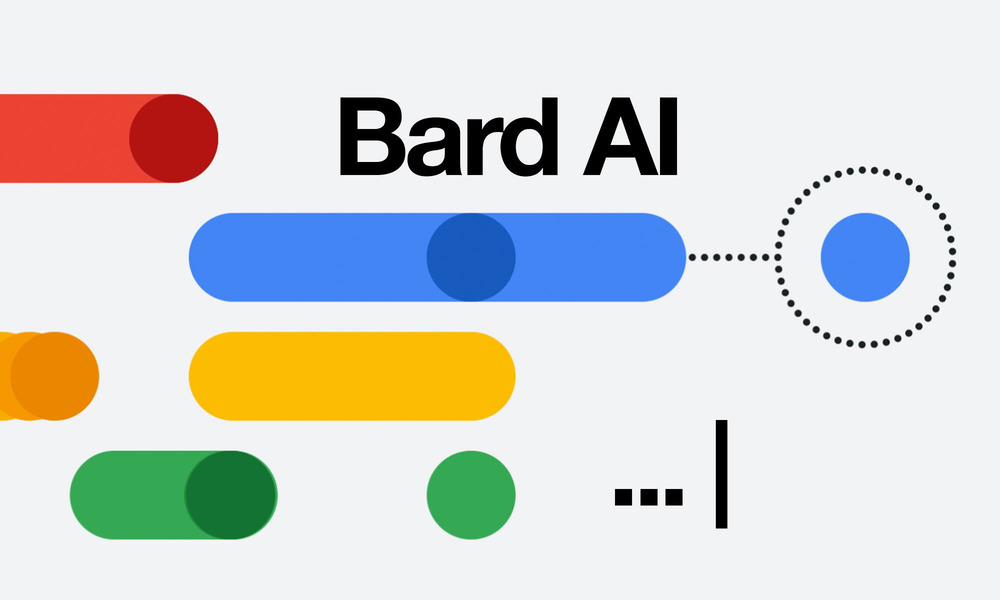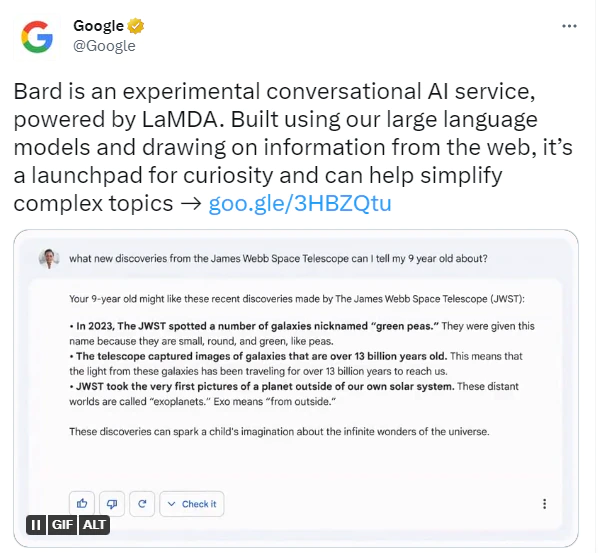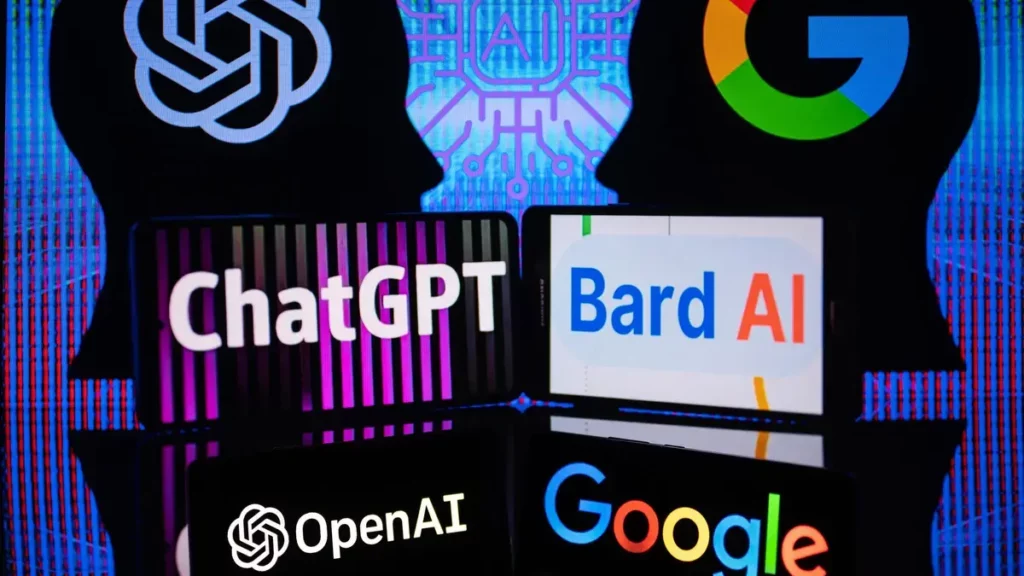Google Bard is an artificial intelligence (AI) developed by Google that can generate novels, poetry, music lyrics, and other forms of creative writing stuff. With the help of machine learning algorithms, Bard can understand syntax, grammar, and poetic techniques to produce coherent and expressive writing.
In this article, we will delve into the workings of Google Bard, its benefits, limitations, and potential applications in various industries.
What is Google Bard?
As mentioned earlier, Bard Google is an AI language generator that uses a neural network to mimic human writing. The neural network is trained on a vast corpus of existing literature and music to identify patterns and structures that are characteristic of specific genres. Bard can generate original content in various styles.

One of the unique features of Google Bard is its ability to consider the context of the prompt given to it. For example, if a user inputs the phrase “roses are red, violets are blue”, Bard can complete the poem with logically consistent lines such as “sugar is sweet, and so are you” or “the sky is clear, the sea is too”. The algorithm behind Bard can also recognize metaphors, similes, and allusions to create more nuanced and human-like language.
Slight Summary of Bard:
- Google Bard is an AI language generator that produces poetry and other forms of creative writing.
- It uses a neural network trained on a large dataset of existing literature and music gallery to generate.
- Google Bard can create content in different styles and consider the context of the prompt given to it.
How Does Google Bard Work?
The core technology of Google Bard is called a transformer network, which is a type of neural network designed for natural language processing. A transformer network has 2 main components: an encoder and a decoder. The encoder processes the input text and creates a high-dimensional & obvious representation of its meaning, while the decoder generates output text based on that representation.

With Google Bard, the encoder and decoder work together to create a poem or lyric. The encoder takes in the initial prompt and converts it into a sequence of numbers that represent the semantic meaning of the words. The decoder then uses this sequence to generate a sequence of words that form a coherent and expressive piece of writing.
Google Bard also has a feature known as “controlled generation”, which allows users to guide the direction of the writing by providing additional constraints or parameters. For example, a user can specify the genre, tone, rhyme scheme, or syllable count of the text to be generated. This way, Bard can produce more personalized and targeted content for specific purposes.
Why Does Google Develop Bard?
The development of Google Bard is part of the company’s broader efforts to take advantage of AI technology for creative applications – also the AI war with Microsoft ChatGPT. While AI has been successful in generating factual and technical content, such as news articles and scientific reports, it has traditionally struggled with creative tasks that require imagination and inspiration.
By creating an AI that can produce poetry and music, Google hopes to push the boundaries of what artificial intelligence is capable of achieving. Besides, Google Bard could have practical applications in industries that require creative expressions, such as advertising, marketing, and entertainment.
What Are The Benefits of Using Google Bard?
There are several benefits to using Google Bard for generating creative content. Firstly, it can save time and effort by automating the process of writing poetry or lyrics, which can be time-consuming and challenging for many people. Secondly, Bard can produce high-quality writing that is on par with what human writers can achieve, which can enable individuals or companies to produce professional-grade content without hiring a dedicated writer.
Additionally, Google Bard can generate content in various styles and genres, making it a versatile tool for different purposes. For example, companies can use Bard to create engaging social media posts, product descriptions, or ad copy that entices customers. Musicians and poets can use Bard to experiment with new styles or techniques or generate inspiration for their own work.
What Are The Google Bard Errors?
While Google Bard is capable of producing impressive creative writing, it is not perfect and can make mistakes or errors. Some common errors that Bard can make include producing nonsensical or grammatically incorrect sentences, generating off-topic content, or failing to consider the context of the prompt provided.

To overcome these errors, Google has implemented several techniques to improve the quality of generated content. For example, Google Bard uses a process called “beam search” to select the most likely sequences of words based on their probability of occurrence. It also incorporates feedback from human evaluators to refine its algorithms and identify areas for improvement.
Despite these efforts, there is still room for error in the output generated by Google Bard. Therefore, it is essential to review and edit the content produced by Bard carefully before publishing or sharing it.
What Industries Can Take Advantage of Using Google’s Bard?
Google Bard has the potential to be useful in several industries that require creative expression or content generation. One such industry is advertising & marketing where companies need to create engaging and persuasive copy to attract customers. With Google Bard, marketers can produce high-quality ad copies or social media posts that stand out from the competition.
Another industry that could benefit from Google Bard is entertainment, particularly music and poetry. Musicians and poets can use Bard to experiment with new styles or generate inspiration for their own work. By collaborating with AI-generated content, artists can explore new directions and expand their creativity.
Finally, Google Bard could be valuable in education, both as a tool for teaching creative writing and as a source of inspiration for students. By analyzing the output generated by Bard, students can learn about poetic techniques, literary devices, and other aspects of creative writing that they may not have considered previously.
Summary:
- Google Bard could be beneficial in industries such as advertising, entertainment, and education
- In advertising, Bard can help produce engaging and persuasive copy
- In entertainment, Bard can be used for music and poetry creation
- In education, Bard can serve as a tool for teaching creative writing and inspiring students
Google Bard vs ChatGPT?

ChatGPT is another AI language model developed by OpenAI that can generate natural language responses to user queries or prompts. While both Google Bard and ChatGPT use similar transformer networks to process natural language, they are designed for different purposes.
Google Bard is focused on generating creative content, such as poetry and lyrics, while ChatGPT is more geared towards answering questions, providing information, or holding conversations with humans. While both models use large datasets to train their algorithms, the type of data used for training differs, with Bard using literary works and music and ChatGPT using general language datasets.
What is The Future of Google’s Bard?
As AI technology continues to evolve, it is likely that Google Bard will become even more advanced and sophisticated. Google may incorporate additional features into Bard, such as the ability to recognize different voices or styles and generate content that fits those specific parameters.
Additionally, Google Bard may be integrated with other AI technologies to create more immersive and interactive experiences. For example, Bard could be combined with virtual reality or augmented reality technologies to produce multimedia content that engages multiple senses.
Overall, the potential applications of Google Bard are vast and varied, and it will be exciting to see how this technology evolves over time.
Things we (might) figure out about Bard’s future are:
- The future of Google Bard is likely to involve additional features and integration with other AI technologies
- Bard may become even more advanced and capable of recognizing different styles or voices
- Bard could be integrated with virtual reality or augmented reality technologies for more immersive content
Conclusion
In conclusion, Google Bard is an impressive example of how AI technology can be used for creative applications and marketing, especially SEO. With its ability to generate poetry and lyrics in various genres and styles, Bard has the potential to revolutionize industries such as advertising, entertainment, and education. While there are still limitations and errors associated with Bard’s output, it is clear that this technology will continue to evolve and improve over time.
Read more: Google Analytics 4: The Complete Guide

